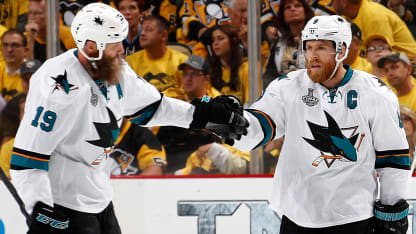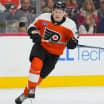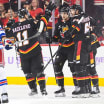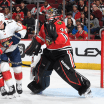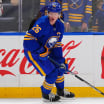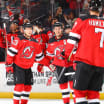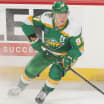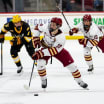The Sharks signed defenseman Marc-Edouard Vlasic to an eight-year, $56 million contract extension ($7 million average annual value) on July 1, according to CapFriendly.com. By the start of next season, San Jose will have $15 million in NHL salary cap space reserved for its top two defensemen, Vlasic and Brent Burns, who begins an eight-year, $64 million contract ($8 million average annual value) this season.
Coach Peter DeBoer deploys Vlasic and Burns in a diametrically opposed fashion, with Burns used more offensively and Vlasic more defensively.
Burns led Sharks defensemen last season (minimum five games) with an offensive-zone start percentage of 58.33. Vlasic (45.00) and regular partner Justin Braun (42.91) were the only Sharks defensemen with offensive-zone start percentages below 50.0.
On special teams, Burns led Sharks defensemen with an average of 3:35 per game on the power play, and Braun (2:07) and Vlasic (2:04) were the top two in shorthanded ice time per game.
Vlasic's most common opponent last season was Edmonton Oilers center Connor McDavid, who won the Art Ross and Hart trophies. Vlasic faced McDavid for 59:46 of ice time in five games, according to Natural Stat Trick. For Burns, it was Anaheim Ducks center Ryan Kesler, who usually plays against the opposition's best offensive players. Burns was on the ice against Kesler for 52:04 in five games.
